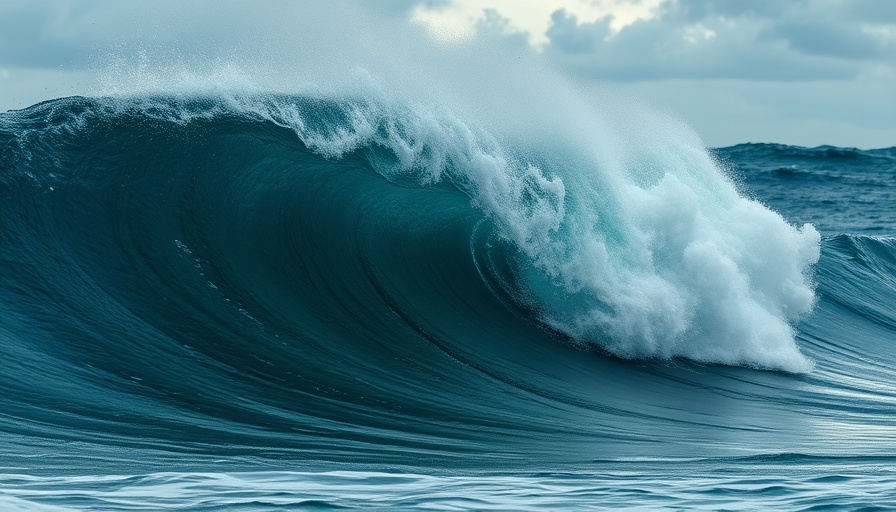
Unveiling the Secrets of Wind and Waves
For surfers and windsurfers alike, the relationship between wind speed and wave height is more than a scientific equation—it's the backbone of every exhilarating ride on the surf. Understanding this relationship not only serves as a guide for planning a surf session but also enriches the overall experience on the water, enabling enthusiasts to harness the elements to their advantage.
The Science Behind Waves
Waves are born from the winds that stir the ocean’s surface. The winds pick up energy from the sea, creating waves that surfers eagerly await. According to prominent oceanographer William G. Van Dorn, the dynamics of wave formation are intricately linked to wind patterns, fetch (the distance wind travels across open water), and duration. In his groundbreaking 1974 book, "Oceanography and Seamanship," Van Dorn provides a fascinating insight into how specific wind conditions create waves with a statistical nature.
Statistical Patterns in Wave Heights
Van Dorn established key statistics for wave height resulting from a steady wind of approximately 33 mph (30 knots). These observations revealed a comprehensive distribution of wave heights rather than a fixed number, showcasing the unpredictable nature of the ocean's surface. For instance:
- 10 percent of waves reach less than 3.6 feet (1.1 m),
- The average wave height stands at about 11 feet (3.4 m),
- And there's a 5 percent chance that in about 200 waves, one will soar above 35 feet (10.7 m).
Such statistics reflect not only a mean height but demonstrate the variability inherent in nature's spectacle.
The Predictive Power of Modern Models
Today, surfers have access to advanced models like NOAA's Wavewatch III and SWAN, which utilize Van Dorn's principles to predict wave patterns based on current wind conditions. These models account for local factors such as fetch and water depth, allowing for a more accurate and tailored surf forecast. With the right information, surfers can choose the best times and places to hit the waves, optimizing their sessions and enhancing safety.
Bringing It All Together: Practical Insights
For those passionate about surfing and windsurfing, being equipped with knowledge about the wind-speed to wave-height equation can elevate each outing. Whether it's about catching those perfect waves or understanding storm dynamics, recognizing how wind influences waves is crucial. Surfing isn’t just about riding the waves; it’s about becoming one with the rhythm of nature. By understanding these equations, surfers can predict the perfect conditions, ensuring a thrilling experience.
A Call for Environmental Awareness
As surfers, it's also essential to consider aspects of sustainability and environmental impact. The more we understand about ocean dynamics, the better we can protect the waves we love. Engaging with local organizations can positively influence marine ecosystems, ensuring that future generations can continue to enjoy the thrill of the surf.
 Add Row
Add Row  Add
Add 




Write A Comment